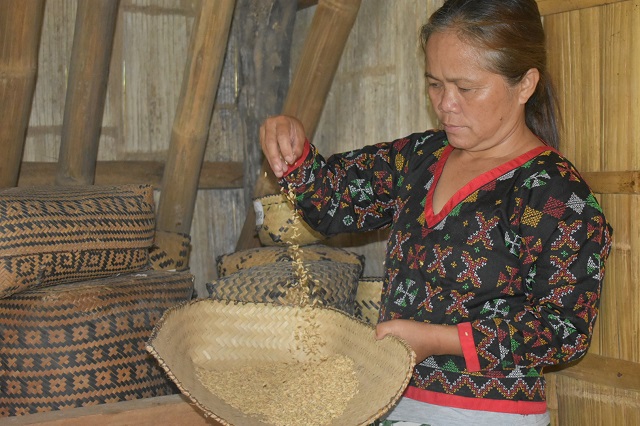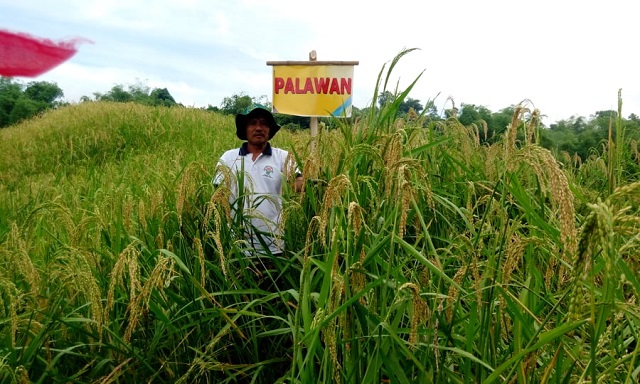
Rice farming, particularly in uplands where it is done only once a year, cannot be postponed to a later year for whatever excuse there might be. Upland farmers depend much on their limited rice produce, supplemented with other staples.
The community seed banking (CSB), a good practice under the informal seed system leads farmers into producing, saving, and sharing their seeds. They each retain from their harvest a certain amount of seeds for the next cropping season, ensuring an adequate supply of good seeds in communities without commercial seed centers.
Equally important, this system helps farmers conserve their traditional varieties, which is a significant item in the agenda of the UN Food Systems Summit in September 2021.
In their 2005 book titled, “The rich but little known chronicles of community seed banks,” Vernooy et al. said that such banks, which have been around for about 30 years [in some countries], were designed to “conserve, restore, revitalize, strengthen, and improve local seed systems, especially, but not solely, focused on local varieties.”
Let us go through stories from farmer-leaders who have been doing CSB for years already.
Seeds assured

For Pedro L. Franco, 56, one of the founding members and the current president and chairman of the Barangay Impalidan Upland Farmers’ Association (BIMUFA) in Calinog, Iloilo, CSB has saved their community from the uncertainties of the COVID-19 pandemic.
“Our farming activities continued, thanks to CSB. Without it, we wouldn’t have a place to go,” the farmer for three decades said.
This practice in the upland areas, Franco said, was introduced to them by DA-PhilRice and their local and provincial governments through the then Upland Rice Development Program in 2013, which was funded by DA-Bureau of Agricultural Research.
“We had a season-long training on rice and high-value crops that lasted for 20 weeks. We learned a lot particularly the proper way of storing our seeds for the next planting season,” Franco recalled.
Franco explained that under the system, association members can avail of seeds on condition that they will return 50% more of the seeds after harvest to replenish the group’s available seeds. If a member borrowed 40kg, he/she will return 60kg as payment.
Members bank seeds of Malido, the traditional rice that the people of Calinog are proud of. The variety has two types, red and white, which both emit aroma and mature in 120 days.
Franco admitted there’s nothing special about how they store their seeds. They assure quality by merely keeping the seeds clean and dry, disposing undeveloped grains, and properly packing and labeling them.
Tradition breathes on
In the outskirts of Datal Tampal, Malungon, Sarangani, we find the Lamlifew Tribal Women’s Association where the Blaan tribe survives with their culture and traditions.
Maribeth S. Ditan, 47, member and treasurer of the association for a decade now, testifies to these living traditions – one of which is the way the community stores their traditional rice varieties.
“Every after harvest, we know which panicles/grains to choose for consumption, for celebration, and for storing just by picking them manually,” the seasoned farmer said.
After selecting the grains for storage, 4kg of it will be properly sealed in bamboo tubes then stored in the corner ceilings of their houses.
“Seed banking helps us a lot, we can share and lend seeds to our members. If we borrow one bamboo tube of seeds (4kg), we’ll return two cans of biscuit full of seeds (5kg/can) in the harvest season,” Ditan said.
“We are not affected by the pandemic at all because our tribe has zero cases of COVID-19. Maybe, it has something to do with what we eat in the community. Our rices are Panumay and Fanifattan, and we eat vegetables and drink herbal teas every day,” she added.




